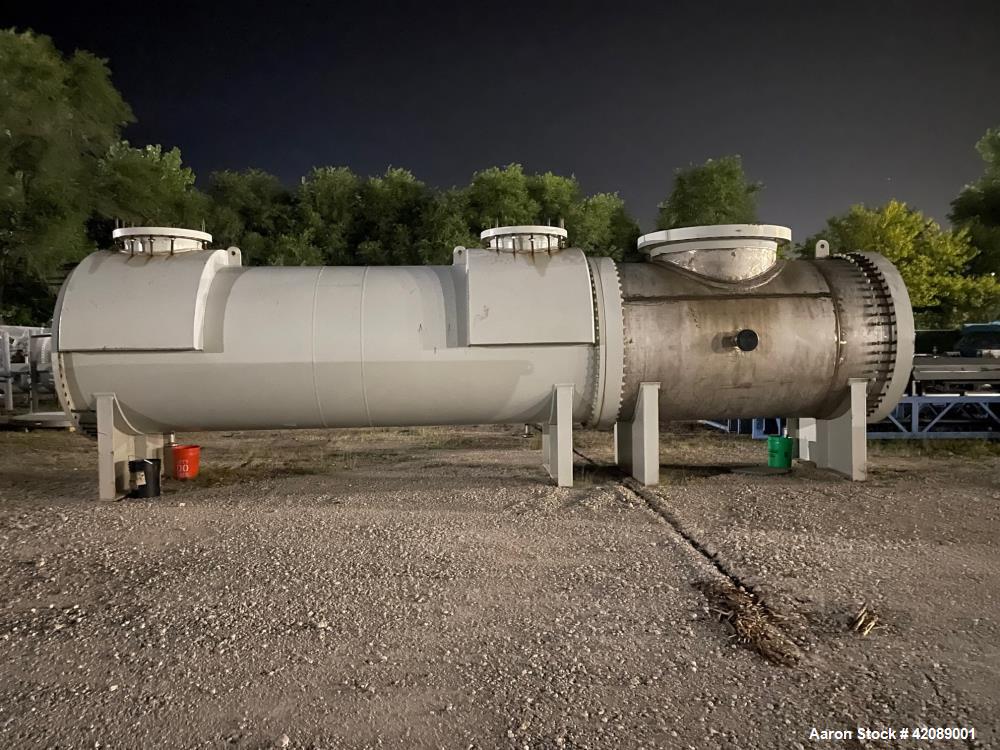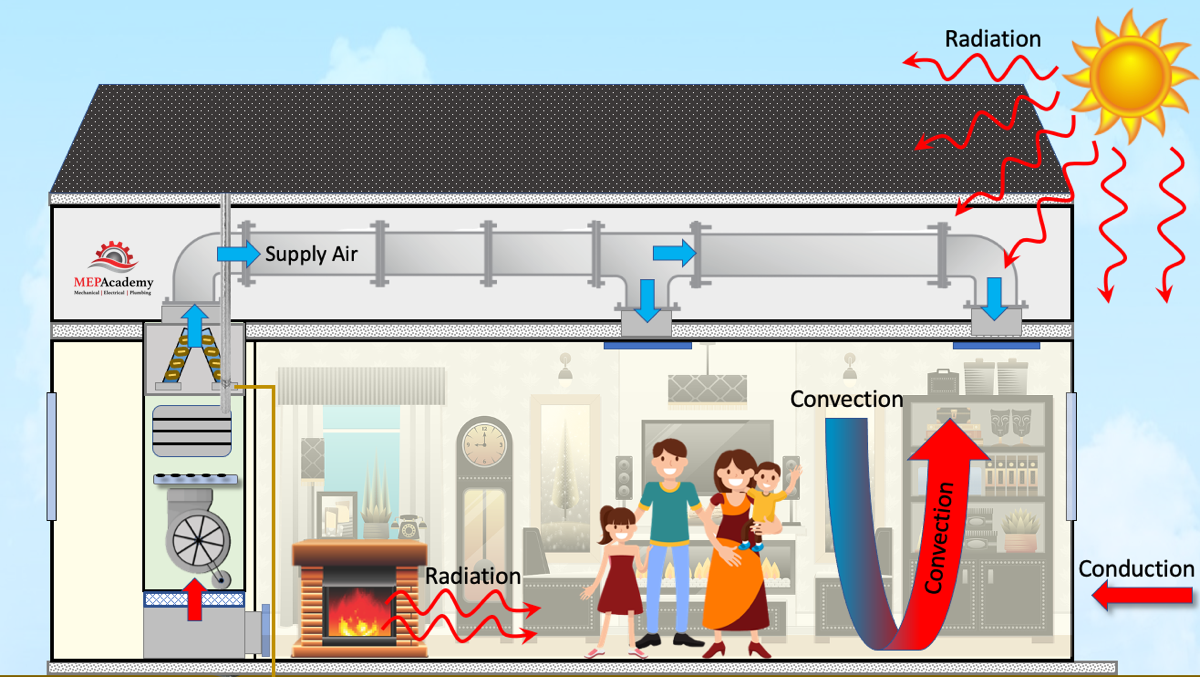The Role of Heat Transfer Solutions in Sustainable Energy Solutions for the Future
Heat transfer systems are essential in the pursuit for lasting energy services. They optimize thermal energy administration, boosting the efficiency of sustainable modern technologies. By using devices like transmission, convection, and radiation, these systems minimize power losses. Their function in solar thermal and geothermal applications is especially substantial. As innovations emerge, the possibility for more innovations raises crucial questions about future energy techniques. What growths will form the landscape of sustainable power?
Recognizing Heat Transfer Solutions

The Importance of Thermal Power Monitoring
Reliable thermal energy monitoring is essential for making best use of energy efficiency and reducing waste in various systems. By controling temperature and enhancing Heat transfer processes, organizations can noticeably reduce power consumption and functional expenses. Efficient monitoring entails the implementation of sophisticated innovations and practices that check and manage thermal conditions within systems, making certain that energy sources are used successfully. Additionally, correct thermal power monitoring adds to reducing greenhouse gas exhausts, lining up with global sustainability objectives. It also improves system reliability and performance, leading to improved item quality and longer devices life-span. Inevitably, focusing on thermal power administration is a vital action in the direction of developing more lasting energy options and promoting a responsible method to energy intake in domestic and commercial contexts.
Applications of Heat Transfer in Renewable Power
While various renewable resource resources guarantee sustainability, the efficient application of Heat transfer plays an essential function in their performance. In wind power systems, Heat transfer is used for turbine element cooling, boosting performance and longevity. Geothermal energy depends on efficient Heat exchange between the earth's subsurface and the liquid flowing in the system, making the most of power extraction. Biomass energy processes likewise benefit from Heat transfer, as it helps in converting organic materials right into useful fuel through pyrolysis and gasification. Furthermore, in hydropower, preserving suitable temperature levels in reservoirs can improve energy output. Each of these applications demonstrates the important importance of Heat transfer systems in boosting renewable resource modern technologies, eventually contributing to a more sustainable energy future.
Enhancing Solar Thermal Power Efficiency
As solar thermal power systems remain to evolve, boosting their performance has become necessary for maximizing power outcome. Breakthroughs in Heat transfer technologies, such as enhanced thermal storage materials and cutting-edge Heat exchangers, play a considerable role in improving performance. By making use of sophisticated materials that have remarkable thermal conductivity, systems can record and transfer Heat better. In addition, incorporating tracking systems that adhere to the sunlight's path warranties that collectors get excellent solar exposure throughout the day. Making use of nanotechnology in solar absorbers can even more raise power absorption prices. In addition, including automatic control systems helps regulate temperatures and manage energy distribution efficiently, resulting in decreased losses and boosted general system performance. These improvements lead the way for even more lasting solar thermal energy remedies in the future.
Geothermal Home Heating: A Lasting Option
Geothermal home heating presents a feasible option for lasting energy, using considerable environmental benefits with lowered greenhouse gas emissions. Its performance and cost-effectiveness make it an eye-catching option to typical heater. Challenges connected to implementation must be dealt with to maximize its potential impact.
Environmental Advantages of Geothermal
Although standard heating approaches contribute substantially to greenhouse gas exhausts, geothermal home heating provides an engaging alternative that reduces environmental effect. By taking advantage of the Earth's interior Heat, geothermal systems utilize a renewable resource source, considerably lowering reliance on nonrenewable fuel sources. This method generates very little carbon discharges, making it a cleaner option for residential and business home heating. In addition, geothermal systems advertise energy performance, as they need much less power compared to traditional heating unit. DVS Heat Transfer Systems. The utilization of geothermal energy likewise assists in lowering air pollution, enhancing regional air quality and public wellness. As a lasting service, geothermal heating sustains climate adjustment mitigation efforts, placing itself as an essential component in the shift in the direction of a greener future
Performance and Cost-Effectiveness
Exactly how does geothermal home heating determine up in terms of efficiency and cost-effectiveness contrasted to typical furnace? Geothermal home heating demonstrates remarkable efficiency, often achieving a coefficient of efficiency (POLICE) of 3 to 5, suggesting it generates 3 to five systems of Heat for every unit of electrical power eaten. This effectiveness equates into reduced operating expenses, especially in regions with steady geothermal sources. First setup prices can be higher than conventional systems; however, long-term cost savings on energy costs and lowered upkeep expenditures can offset these ahead of time investments. In addition, numerous governments incentivize geothermal systems through rebates and tax obligation credit reports, boosting their cost-effectiveness. Overall, geothermal home heating arises as a economically viable and lasting alternative to more standard home heating options.
Execution Obstacles and Solutions
Countless difficulties can hinder the prevalent execution of geothermal furnace, regardless of my response their clear advantages as a lasting power solution. High initial installation costs often hinder home owners and financiers, making financing a significant obstacle. Furthermore, the geographical constraints of ideal geothermal sites restrict ease of access in certain areas. Regional laws and allowing procedures can also make complex project growth, causing hold-ups. Additionally, public awareness and understanding of geothermal systems stay reduced, hindering approval. To resolve these challenges, targeted education and learning campaigns can boost open secret, while federal government incentives might alleviate economic burdens. Working together with regional authorities to enhance regulations might help with smoother job authorizations, ultimately promoting the adoption of geothermal home heating as a viable, sustainable power alternative.
Developments in Heat Transfer Technologies
Developments in Heat transfer technologies play a vital role in improving energy efficiency and sustainability. Advanced Heat exchangers and stage modification materials are at the forefront of these growths, offering substantial renovations in thermal administration. These innovations not just maximize energy usage but additionally add to minimizing ecological influence in different applications.
Advanced Heat Exchangers
Advanced Heat exchangers play an essential duty in boosting energy efficiency throughout different applications in lasting power services. These devices help with the transfer of Heat between two or more liquids, considerably minimizing power consumption in processes such as commercial home heating, cooling, and power generation. Developments in materials and layout, such as making use of nanofluids and small arrangements, have brought about boosted thermal efficiency and reduced dimension requirements. Additionally, innovations in digital surveillance and control systems permit maximized procedure, additional increasing effectiveness. By minimizing waste Heat and taking full advantage of power healing, advanced Heat exchangers add to lower carbon impacts and sustain the shift toward environmentally friendly technologies. Their continued growth is important for accomplishing global energy sustainability objectives.
Stage Change Products
The integration of phase modification products (PCMs) right into Heat transfer innovations represents a significant advancement in power management and effectiveness. PCMs soak up and launch thermal energy during their phase adjustments, making it possible for efficient temperature policy in building materials and power systems. By keeping excess Heat during optimal durations and launching it when need rises, PCMs add to pack shifting and energy preservation - DVS Heat Transfer Systems. This ability improves the efficiency of eco-friendly energy systems, especially in solar thermal applications. Additionally, PCMs can enhance the thermal comfort of indoor settings, lowering reliance on conventional home heating and cooling methods. As advancements in PCM formulas proceed to emerge, their duty in lasting power remedies is positioned to grow, providing appealing methods for future study and application

Future Prospects for Heat Transfer in Sustainable Power
As the demand for sustainable power remedies continues to increase, the function of Heat transfer systems is ending up being progressively crucial fit future modern technologies. Advancements in styles and materials are expected to boost efficiency in Heat transfer, minimizing power losses in numerous applications. The integration of advanced thermal storage systems, such as phase change materials and thermochemical storage, will enable much better administration of power sources. Research study into nanofluids and biomimetic Heat exchangers may better maximize thermal performance. Additionally, the fostering of wise innovations will certainly permit for real-time tracking and flexible control of Heat transfer processes. These innovations are positioned to considerably contribute to the general effectiveness and sustainability of power systems, paving the method for a much more energy-efficient future.
Frequently Asked Inquiries
Exactly How Can Individuals Implement Heat Transfer Systems in the house?

Individuals can implement Heat transfer systems in your home by setting up energy-efficient appliances, making use of radiant heating, and maximizing insulation. These procedures improve energy performance, minimize costs, and promote lasting techniques in property environments.

What Are the Expenses Related To Mounting Heat Transfer Equipments?
The costs connected with installing Heat transfer systems differ extensively, typically including equipment, installation labor, and maintenance. Aspects such as system kind, home dimension, and regional guidelines substantially affect the general expense involved.
Exist Federal Government Motivations for Heat Transfer System Installations?
Government incentives for Heat transfer system installations vary by region and can consist of tax obligation credit reports, refunds, and grants. These financial benefits aim to motivate adoption, eventually advertising power performance and lowering environmental influence within communities.
Exactly How Do Heat Transfer Solutions Influence Power Expenses?
Heat transfer systems especially influence power bills by enhancing energy performance. By enhancing the transfer of Heat, these systems minimize energy usage, resulting in reduced utility prices and producing an extra sustainable strategy to energy monitoring.
What Upkeep Is Required for Heat Transfer Equipments?
Maintenance for Heat transfer systems consists of regular examinations, cleansing of components, checking liquid degrees, making sure proper insulation, and changing used parts. These jobs assist keep efficiency, protect against break downs, and lengthen the system's operational life website link expectancy.
These systems help with the activity of thermal energy from one medium to an additional, enabling the transfer of Heat for cooling, energy, or heating generation functions. Geothermal power counts on reliable Heat exchange in between the earth's subsurface and the fluid distributing in the system, making the most of power removal. In addition, geothermal systems advertise power efficiency, as they require less energy contrasted to conventional heating systems. Advanced Heat exchangers play a vital function in boosting power performance throughout different applications in sustainable power services. Heat transfer systems a knockout post significantly affect power bills by enhancing energy effectiveness.